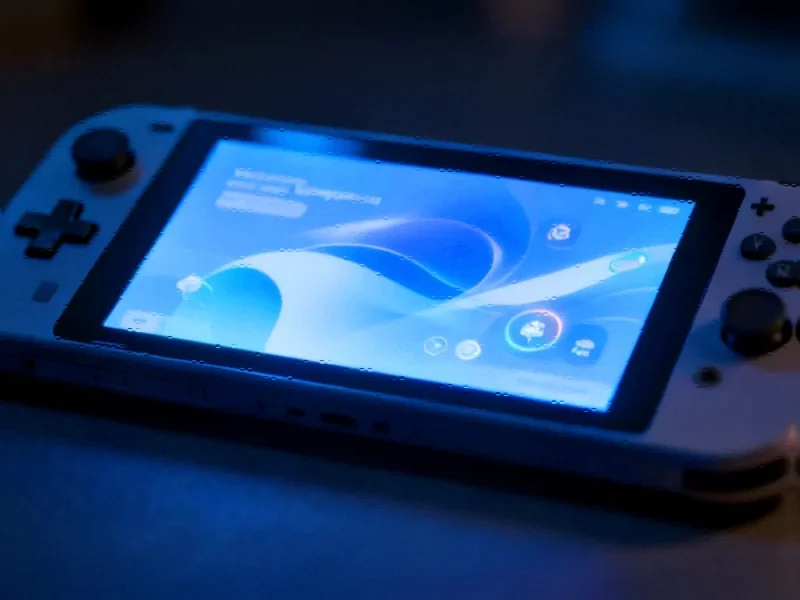Xbox Ally’s Post-Launch Evolution: A New Chapter for Handheld Gaming
Microsoft’s collaboration with ASUS on the Xbox Ally handheld series has entered its next phase, with significant roadmap updates that promise to enhance both the dedicated devices and the broader Windows 11 gaming ecosystem. As the handheld market grows increasingly competitive with players like Steam Deck, Nintendo Switch 2, and previous-generation devices, Microsoft’s approach appears focused on creating value through software innovation and ecosystem integration.
The timing of these announcements is particularly strategic given the evolving market trends in the gaming hardware sector, where software differentiation is becoming as important as hardware specifications.
Game-Specific Optimization Comes to Handheld Gaming
One of the most immediately impactful updates involves Default Game Profiles, designed to intelligently balance performance and power consumption for specific titles. This feature addresses one of the most significant pain points in mobile gaming: battery life versus performance. By automatically optimizing settings for supported games, Microsoft aims to deliver smoother gameplay while extending play sessions—a crucial advantage in a market where battery technology remains a limiting factor.
This approach reflects a broader industry movement toward personalized gaming experiences, similar to how other sectors are adapting to user needs through related innovations in data processing and delivery systems.
Advanced Shader Delivery: Microsoft’s Answer to Stuttering
Perhaps the most technically significant announcement is Advanced Shader Delivery (ASD), Microsoft’s response to the shader compilation stuttering that has plagued PC gaming for years. By pre-caching shaders—similar to Valve’s successful implementation on Steam Deck—ASD promises to eliminate the initial stuttering that occurs when games compile shaders during gameplay.
What makes ASD particularly noteworthy is its platform-agnostic design. Microsoft has emphasized that this technology will be available to all Windows storefronts and games, potentially benefiting the entire PC gaming ecosystem. This represents a significant step forward in Microsoft’s handheld strategy, which appears focused on creating value through major gaming enhancements rather than proprietary lock-in.
Beyond Gaming: The Broader Ecosystem Strategy
Microsoft’s vision extends beyond immediate gameplay improvements. The roadmap includes enhanced docking experiences with AI-powered upscaling and exclusive capture features for the Xbox Ally X model. These additions suggest Microsoft sees the handheld not just as a gaming device, but as part of a larger entertainment ecosystem where seamless transitions between mobile and stationary play are essential.
This ecosystem approach mirrors developments in other technology sectors, where companies are creating interconnected experiences across devices. As we’ve seen with recent technology policy decisions affecting multiple industries, successful platform strategies often require balancing proprietary advantages with broader compatibility.
The Competitive Landscape and Future Outlook
With these updates, Microsoft is clearly positioning Xbox Ally as a premium option in the increasingly crowded handheld market. By leveraging Windows 11’s flexibility and their gaming expertise, they’re creating a differentiated experience that could appeal to both Xbox ecosystem loyalists and PC gaming enthusiasts.
The emphasis on software enhancements rather than just hardware specifications suggests Microsoft has learned from the broader industry developments in entertainment technology, where user experience often determines long-term success more than raw performance metrics.
What These Updates Mean for Gamers
For current Xbox Ally owners, these roadmap announcements validate the investment in Microsoft’s handheld vision. The promised features address genuine pain points in mobile PC gaming:
- Reduced setup time: Default profiles mean less tweaking for optimal performance
- Smoother gameplay: ASD should eliminate frustrating stuttering issues
- Longer play sessions: Better power management extends battery life
- Enhanced connectivity: Improved docking makes transitioning to big screens seamless
For the wider Windows gaming community, the trickle-down effect of these technologies could mean better experiences across all compatible devices, reinforcing Microsoft’s position in the evolving handheld market while advancing Windows as a gaming platform overall.
This article aggregates information from publicly available sources. All trademarks and copyrights belong to their respective owners.
Note: Featured image is for illustrative purposes only and does not represent any specific product, service, or entity mentioned in this article.



